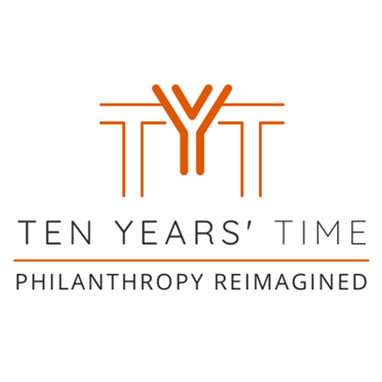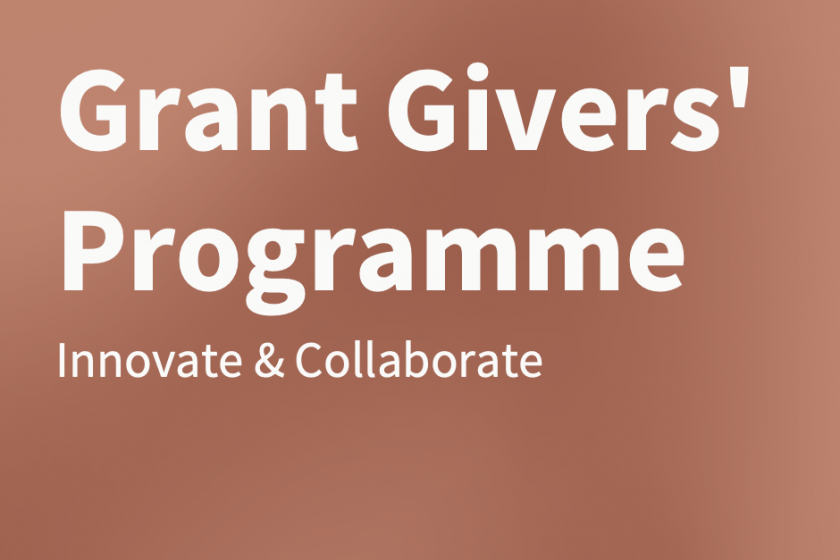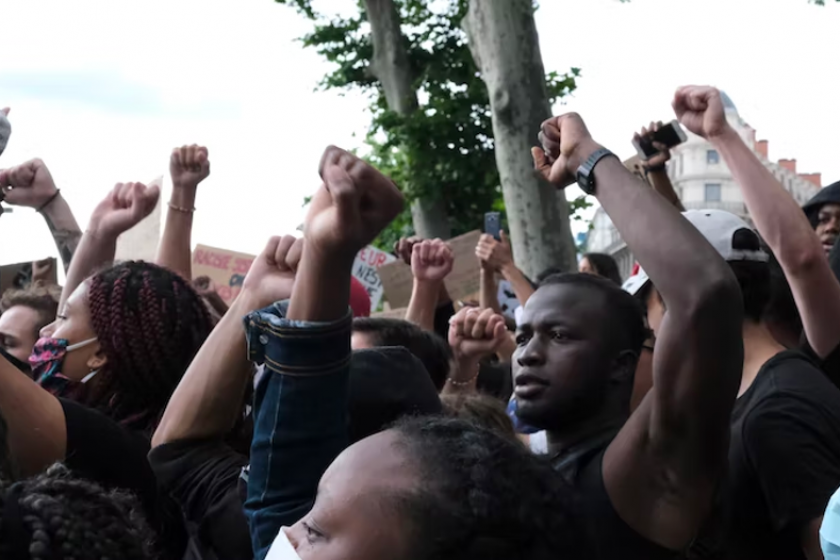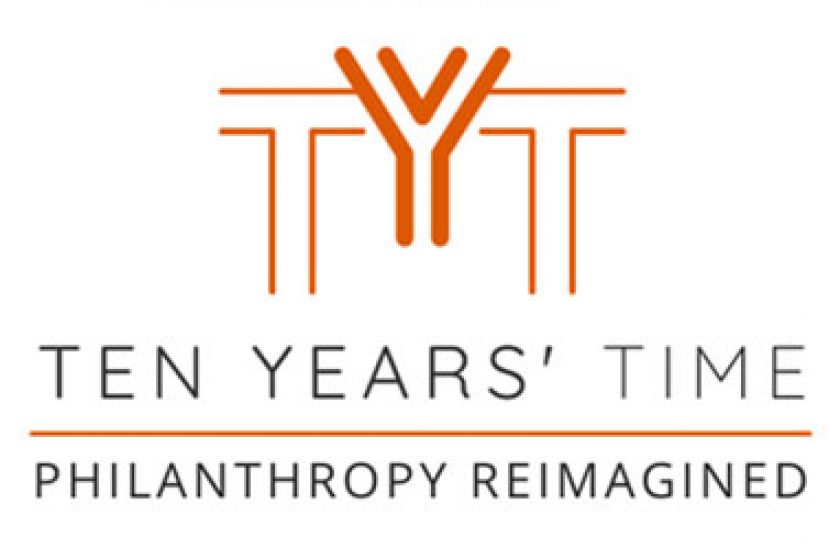by Jake Hayman
Philanthropy is evolving. More and more business people are becoming active philanthropists and more and more people from business are moving into the non-profit sector. Frustrated by the perceived inefficiencies of the ‘traditional charity’, philanthropists are seeking to drive ‘value’ from their philanthropy.
This approach, however, leads philanthropists to safe decisions, capped outcomes, and ensuing feelings of dissatisfaction. A move to ‘professionalise’ philanthropy has undermined the very role it exists to serve – to innovate.
Today’s philanthropists are increasingly stuck within a false narrative about the charity sector, believing a series of myths that are preventing them from having the impact they could have.
The first of theses myths is that charities without track records should not be trusted. This perception leads to the mistake of seeking charities only with well-known supporters and proven ‘social return on investment’ – we know it works. This is the investment equivalent of investing in aFTSE 500 company: safe, secure, virtually guaranteed results.
This strategy works well if your ambition is to ‘help some people’. You are almost guaranteed to succeed in this. But if you are giving away £50k to £5m a year and looking to make a major impact on national problems, it’s a terrible strategy. The purpose of philanthropy is not to replace, top-up or replicate government expenditure which invests using the same criteria: funding proven programmes at scale. Except whilst an individual or small family foundation might fund £25,000 or even £1,000,000 into a programme, government has billions to spend. The Department for Education’s budget is close to £50bn and yet foundations are springing up that replicate its mission statement and strategy almost word for word.
No, the purpose of philanthropy is instead to do what government is traditionally bad at – translating national services to local communities and innovating. The charity sector can go to government for contracting services at scale but it’s through early-stage, angel-style investment that high net worth individuals can make their biggest difference. £100k to a proven programme might extend its reach by 1%, while £100k to a new idea with no track record, could lead to the development of a new programme that government picks up and eventually spends tens of millions rolling out. The risk increases, but the returns do also and with the amount of social innovation currently taking place, it’s a buyers’ market for early stage ideas withthe potential to have national and international impact.
Myth two is that charities are wasteful, and that waste is defined as dreaded ‘overheads’. A good business might aim for a 25% cost of sale, 75% gross profit, and 25% net profit. Sometimes this 25% net profit will be reinvested in growth and innovation. This is a strong operating model by anyone’s books. Yet the second we look at a charity, we lose all sense of what a robust organisation looks like and instead we seek charities that are operating at 80% cost of sale. It makes no sense. Philanthropists are unwittingly using their resources to stifle innovation and create under-resourced organisations that are incapable of growth. To really solve problems, the charity sector needs much larger amounts of money for testing, researching, partnering, and learning – we need to empower leadership teams, not tie them in to factory-style production. This can go for innovative big charities as well as smaller ones, but is most important for smaller organisations.
The third myth is that running grant application processes for causes you actually know very little about is a worthwhile methodology. Good angel investors base investments on their own expert insight into the market need for the proposed product/service, their faith in the leadership team to keep innovating, and the potential for exit.
Of course you want to see that work has gone into a business plan and programmatic plans, but the idea of making sure people enter into an agreement to stick to that plan – or indeed only making a judgment based on that plan – is not how angels make their money (not effective ones anyway). Yet in the charity world philanthropists are increasingly sponsoring programmes (activity that leaves little flexibility) and rarely backing entrepreneurs.
People are dictating how their money is spent because they don’t have confidence in themselves to make educated input on changes to direction and don’t have faith in the leadership teams they are investing into to either. This is a huge problem and stems from the fact that philanthropists tend to start spending before they start learning – when it comes to business they are savvy, do their research, look at competitors in the marketplace, understand how to judge leadership and yet when it comes to charity, they ask for a grant application, a ‘site visit’ and go to a charity ball. All this tells you is how smooth their fundraiser is and very little about the likelihood that the group of people you are considering supporting has the potential to make a critical difference to the problem that they seek to solve and, indeed, whether your money can significantly increase their odds of success.
We need philanthropists capable of making expert decisions, and the only way to do that is to meet experts, practitioners, read, and listen and – most importantly – spend real time with the communities you wish to serve.
Creating social change through philanthropy is hard. However, philanthropic failure should not be defined as giving to charities that have too high overheads, but rather as making gifts that constrain rather than enable.
The move toward ‘professionalising’ philanthropy and assessing a non-profit organisation with a balance-sheet approach is to misunderstand the role it plays in the ecosystem of change. Philanthropists don’t have the resources to reach market penetration of programmes so fund a solution for a fraction of a percentage of those that need it. So 12 months later when they find out they have had next to no impact on the national problem they care about, and the charity asks them for the same amount again to have another fraction of a percentage penetration against the problem, they become frustrated.
New philanthropists need to take the time to really educate themselves about the communities they care about, the problems they wish to solve and, most importantly, the range of solutions and ideas that they could test to have an impact. If they do this, then they might begin to have the confidence to back an idea that could change the world but currently sits without proof, without funding and therefore, without hope.







